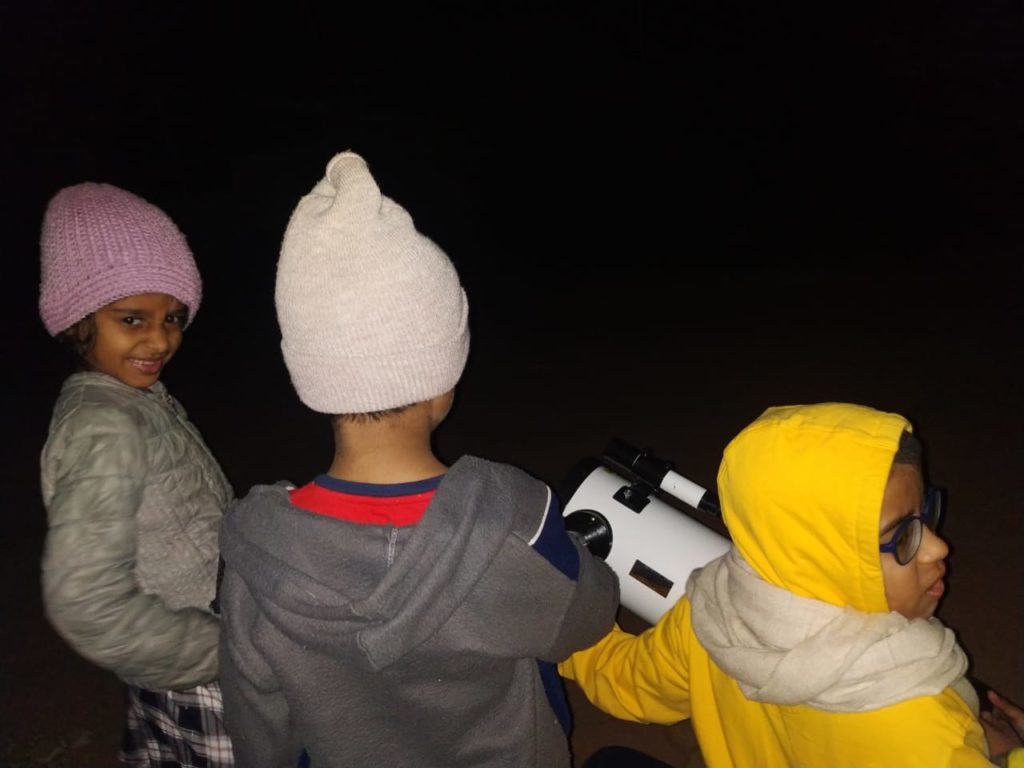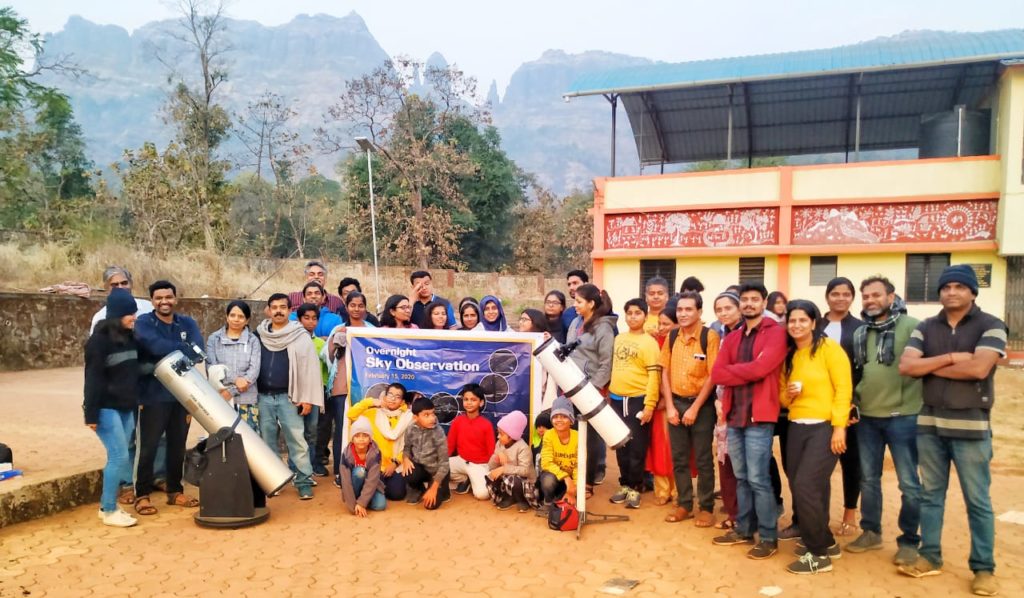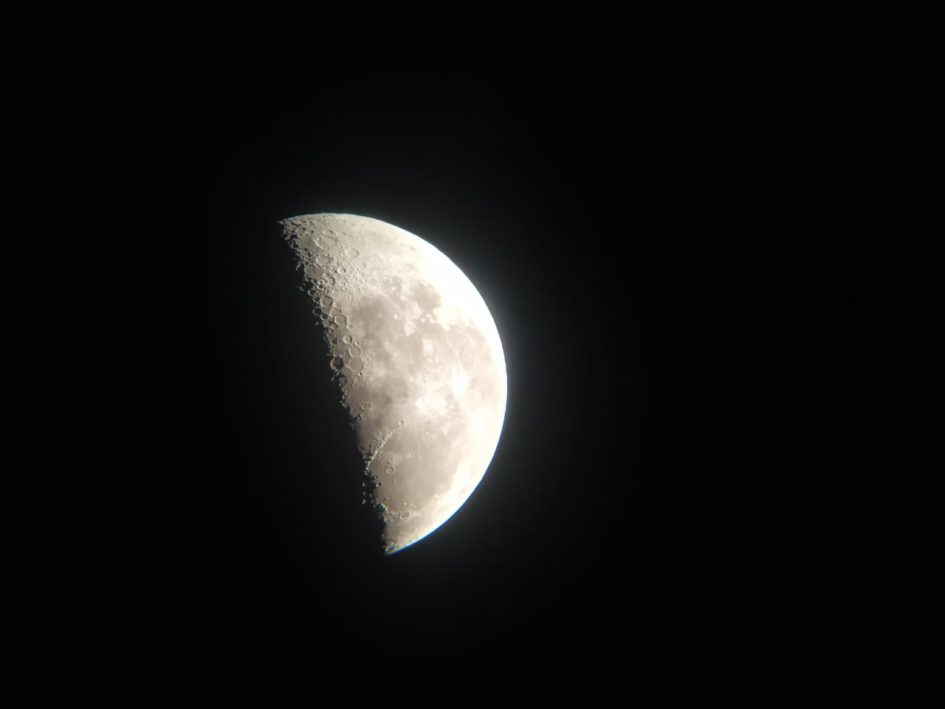First of all, I was lucky enough to be one of the 50 participants who took a quick decision to enroll for the program. I know a few people who registered the second day when the seats were filled. It was transparent and smooth selection on a first come first serve basis.Following the Google registration I received a confirmation call and an email to process the payment. A reminder call and a detailed email of exact itinerary gave a clear picture and an indication of a positive proceedings.
On 15th February, the day of the program I could immediately recognize the team at Asangaon station with placard (as mentioned in the email). The necessary transportation arrangements were made in advance for participants not coming by their own vehicle. The options were made clear during the registration. I opted for the arranged option considering it risky to drive back after a nocturnal night.
Not wasting much time on fancy welcome address, we were introduced to the instructors and instructed with the do’s and don’ts of the program.The first session made us comfortable as the instructor Mr. Satish started discussing the general body of knowledge common among people.Every one was encouraged to ask questions as simple as the difference between a star and a planet to measuring the light years between the stars.
Key learning : –
1. Sky observations are not just about telescope and fancy images of the galaxy but understanding the sky and its movement.
2. Science can be narrated through stories and night is the perfect time to listen to these stories under a dark sky.
3. History of astronomy and the evolution of human understanding; with brief biography and significant work of great astronomers.
4. Devices used for observations – from the powerful naked eye in the dark to the complex Hubble telescope.
5. Where are we positioned in space and time – right from finding the north star to estimating the age of planets and hypothesizing future.
So that was to highlight our learning, now it’s time to share what we actually saw. Hold on your elation because we saw astonishing things up there ranging from satellites and planets to constellations and Zodiac signs To name few: Venus, Jupiter with its moons, Saturn with its ring, Taurus, Gemini, and constellation of Orion, Lupus, Canis Major, Canis Minor and Perseus, Auriga, Cassiopeia and Ursa Minor with Pole star. Some deep sky objects like galaxies, Bode (M81) and Cigar (M82), CorCaroli (Binary star) and Alcor Mizar (Binary and double star), Ghost of Jupiter (Planetary Nebula). Apart from the natural ones we did had glimpse of around three man made satellites along with couple of shooting stars!

Program highlights –
1. Excellent coordination from the organizing team, right from the detailed emails to welcoming at the nearest railway station and attending to every participant’s need. Just fabulous!
2. Value for money, the organizers took an effort to get the best instructors without pinching the participant’s pocket.
3. Instructors – People find it hard to engage the audience after a lunch break but most of the participants including children were awake throughout the night (even after dinner). The credit only goes to the dark sky and the bright instructors.
4. Content – Relevant, is the word to describe it. It’s difficult to cater to an audience with diverse age group ranging from 6 year old beginner to an avid astronomer.
5. Language – Simple yet comprehensive, the instructors were able to relate the terms used in different languages like Hindi, English and Marathi.
6. Spark – It inspired my children to know more about the sky, since the day we are back I am answering or rather trying to answer their questions. Plus as an educator I got to know about Olympiad and similar initiatives related to children and astronomy. Even I am curious to explore more in the domain.
Areas of improvement – There were occasions where one could see the organizers busy working on plan B; for example cleanliness of the facility, arrangement of tea and water. May be due to the outskirt location of the facility coordination with the housekeeping would have been a task. Overall it was manageable and did not interfere with the program flow. In terms of effort, the organizers gave their heart and soul.

I personally look forward to many such programs in the future. Once again thanks to Nehru Science Center and the associated team lead by Ms. Sheetal. By the way don’t try to search me in the above picture as I am the one behind the camera 🙂

February 19, 2020 at 9:51 pm
Thanks for taken on ried being absent.
Great efforts taken to understand easily.
Your efforts enlighten the visit to be an sky observer.
Looking forward to attend the next immediate sky observe programme.
Thanks & Wising you Best
Keep motivated by your valuable experience.
Thanks again!!!
Regards
Pg
February 20, 2020 at 10:18 pm
Most welcome and thanks for your kind words. I would recommend you enrolling for the next program.